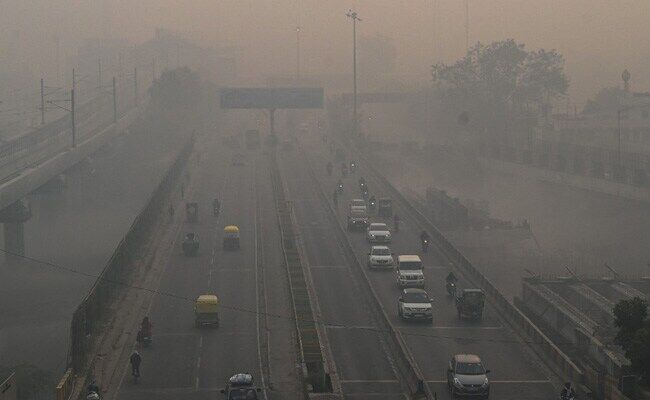Campaign for change

It is a natural human instinct that they are more attracted towards things that are forbidden. This was evident on the Diwali night. Making a complete mockery of the crackers' ban, people in Delhi have made their lives a bit tough for the days to come. Delhi's air quality was downgraded from 'very poor' level to 'severe' level post-Diwali. The categorisation of air quality is measured in terms of AQI and it goes as following — good (0 to 50); satisfactory (51 to 100); moderate (101 to 200); poor (201 to 300); very poor (301 to 400) and severe (401 to 500). Before Diwali night itself, the AQI was nearing the top limit of 'very poor' level. Post-Diwali it crossed well above the 'severe' threshold in many parts of the city. The concentration of PM 2.5 and PM 10 has also reached alarming levels across the city. The concentration of PM2.5 is reported to have increased from 389 micrograms per cubic meter Thursday evening to over 1,550 micrograms per cubic meter early on Friday at the Jawahar Lal Nehru stadium monitoring station. PM 10 levels were also reported to triple to reach 1,643 micrograms per cubic meter around the same period. The situation was no better at other monitoring stations. This trend, however, is not new for a city like Delhi. What is worrying is that it is not being reversed even after persistent efforts from the government, and is rather exacerbating itself to set new benchmarks of pollution levels. Unfortunately, this time around, apart from the bursting of crackers, negative influences of other factors have also coincided after Diwali night. Experts have pointed out that on account of prevailing meteorological conditions and pollution from various sources, including firecrackers and stubble burning, the situation is going to deteriorate further in Delhi and adjoining areas over the coming days. Forecasts have shown that the wind direction around the city may turn north-westerly — which brings particulate matter resulting from stubble burning in Punjab and Haryana. All in all, people in Delhi have already put their health and safety at peril and will continue to breathe poisonous air for the days to come. This is the crisis people have been recurrently constructing for themselves year after year. The problem, as is well understood, lies in the psyche of the people which prevents them to part away from the conventional notion of connecting Diwali with firecrackers. Unfortunately, it is still a dominant perspective that flouts everything that comes its way — be it government directives or the blanket ban on firecrackers. People need to be made to change their conventional beliefs, as the times are not conventional! The bigger problem is that religious sentiment is wrongly connected to the bursting of firecrackers. This ensures that most political and administrative actions in this regard are mostly superficial and meek, and fail to deliver the desired outcome. Relentless firecracker bursting is a deep-rooted social evil with a deleterious impact on the life and safety of the people. A blanket ban on firecrackers is in no way a solution to this problem. This might further provoke the sentiments of people in favour of firecracker bursting. A dent is to be made on people's psyche first; mere tit-bit token measures won't suffice. A well-crafted and well-directed campaign is the need of the hour if we wish to make our lives safer and healthier, which will pave the way for prosperity — one of the things for which Diwali stands for. Additionally, advertising and public relations industries can also be roped in once some degree of positive viewpoint around resistance to firecrackers is established. The advertising departments, in particular, are loaded with creativity and are known to have a direct impact on the decisions and actions of the target public. The industry has time and again imbibed values in various campaigns, meant of course primarily for commercial benefits. Brands need to come forward to make positive influences on the people. The point to be made here is that communication becomes critically important at this phase when a lack of consensus on such an important matter exists; this communication needs to come from all quarters — including the government, people and the corporates.



